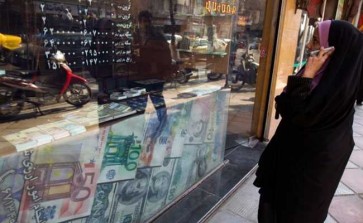Popular Reads
Top Results
Can't find what you're looking for?
View all search resultsPopular Reads
Top Results
Can't find what you're looking for?
View all search resultsWhere Indonesia should stand on Iran's nuclear case
With US sanctions back in place, Iran’s rial is quickly losing value, and this puts a heavy burden on its economy.
Change text size
Gift Premium Articles
to Anyone
I
n his call for “world peace”, United States President Donald Trump did nothing less than sign an executive order recently to bring back sanctions to Iran, targeted initially at Iran’s obtaining of US dollars, trade in precious metals, transactions in Iranian rial and the automotive sector.
This was a follow-up of the US’ unilateral withdrawal from the Joint Comprehensive Plan of Action (JCPOA), only 18 months after its Implementation Day. The JCPOA is a landmark agreement negotiated by Iran and the E3+3 (China, the European Union, France, Germany, Russia, the United Kingdom and the US), which represents a significant milestone in resolving Iran’s nuclear issue, and a product of over 12 years of intense diplomacy and difficult negotiations.
With US sanctions back in place, Iran’s rial is quickly losing value, and this puts a heavy burden on its economy. The EU, France, Germany, the UK, China and Russia have reaffirmed their commitments to the JCPOA.
The EU has put in place a “blocking statute” to protect European firms in doing business with Iran, thus trying to minimize the impact of US sanctions, for fear of the agreement’s collapse. For its part, Iran refused to renegotiate the deal and brought the case to the International Court of Justice.


















